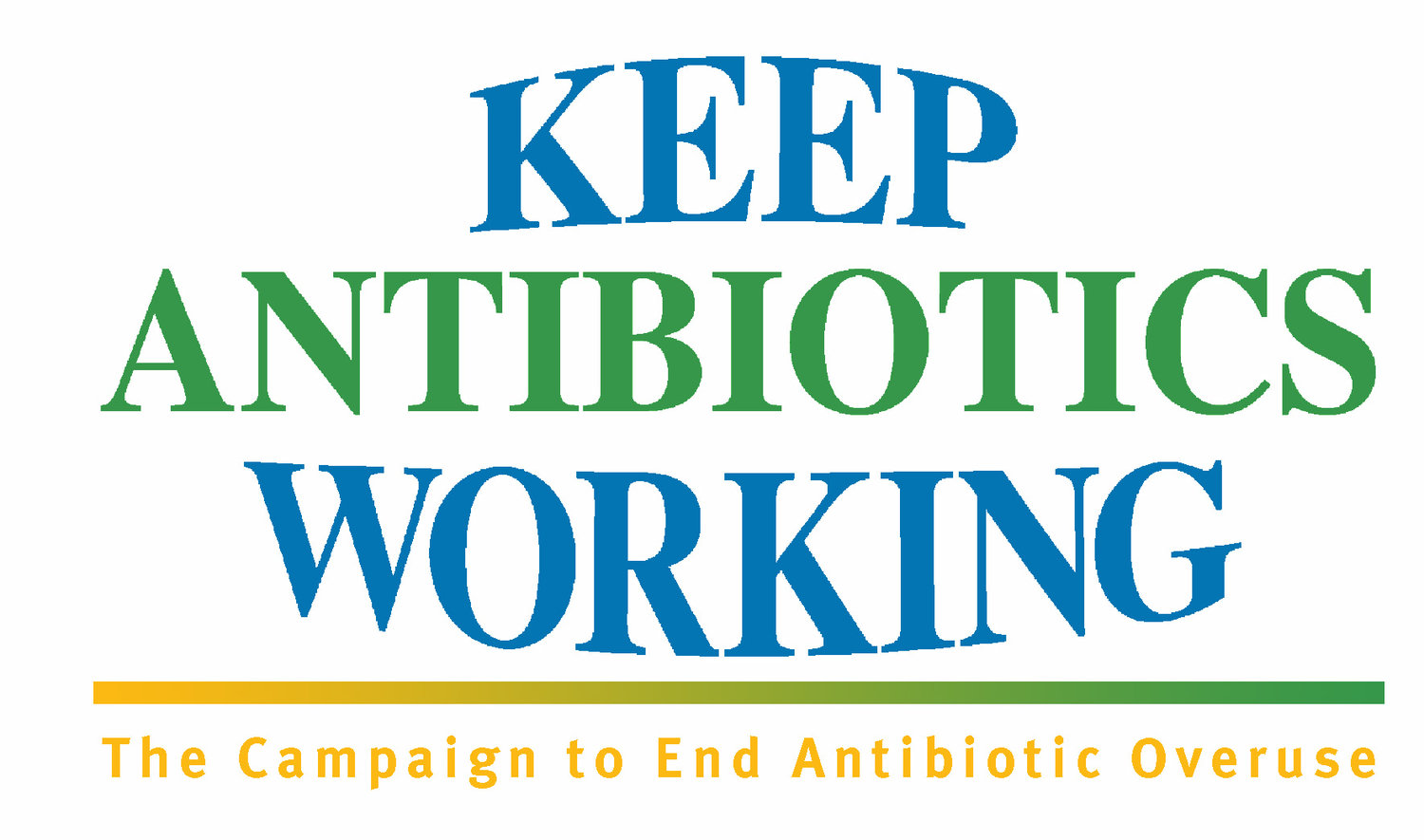MADELEINE KLEVEN, SAFE AND HEALTHY FOOD PROGRAM ASSOCIATE, FOOD ANIMAL CONCERNS TRUST
Antibiotic resistant superbugs threaten to dismantle our entire medical system and kill as many as 10 million people per year by 2050. A key driver of antibiotic resistance is the overuse of antibiotics in food-animal production, especially the overuse of antibiotics that are important to human medicine. In the United States, approximately two thirds of the medically important antibiotics sold in the U.S. go to meat production. In cattle, the bulk of these are given in feed not to treat illness but to prevent problems caused by unhealthy feedlot diets and by the stress of shipping baby calves across the country to unhealthy crowded feedlots. This is unacceptable and needs to change. Food animals should be raised under healthy conditions so that farms and feedlots do not routinely use these lifesaving drugs. That is where McDonald’s and other food companies come in.

